August book news: the top 10 new tomes to add to your shelves
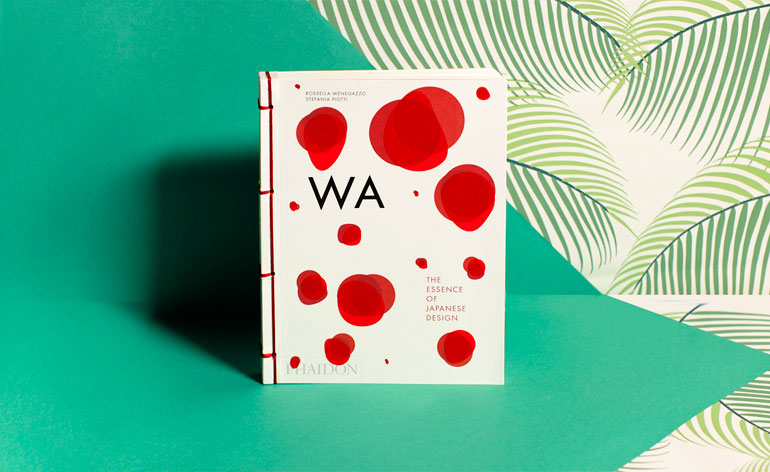
WA: The Essence of Japanese Design
By Rossella Menegazzo, Stefania Piotti and Kenya Hara
Just what is it that makes Japanese product design so appealing? Gone are the days when the West looked East with envy and something approaching disbelief; the tenets of craft, minimalism and simplicity have long since filtered into the mainstream. Nevertheless, there's still a definable quality to the country's design output, a quality that continues to intrigue and invite imitation. WA offers up 250 examples of contemporary Japanese design from every discipline, treating every object with fetishistic reverence in order to provide a snapshot of the country's material culture.
Published by Phaidon, £49.95
Writer: Jonathan Bell
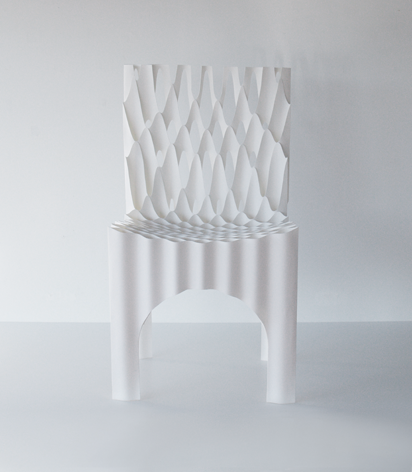
From the book: 'Nami' chair, by Ryuji Nakamura, 2006. Made from vulcanised fibre derived from paper.
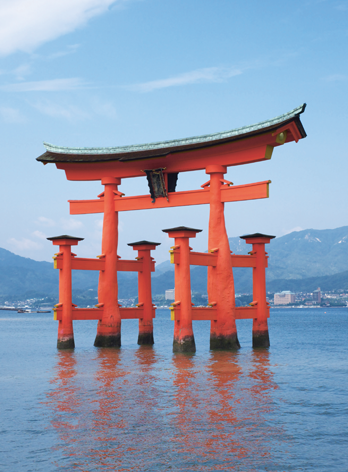
Torii Gate, 6th century (rebuilt 1168, renovated 1875), by Itsukushima Shrine, Miyajima, Hiroshima Prefecture. Made from cedar, cypress and camphor wood
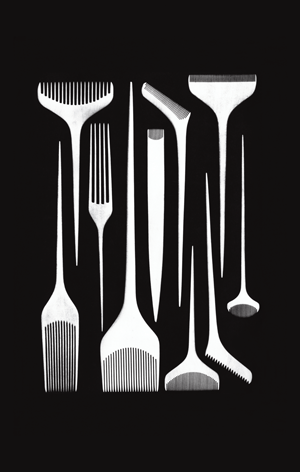
Wooden combs, by Boxwood.
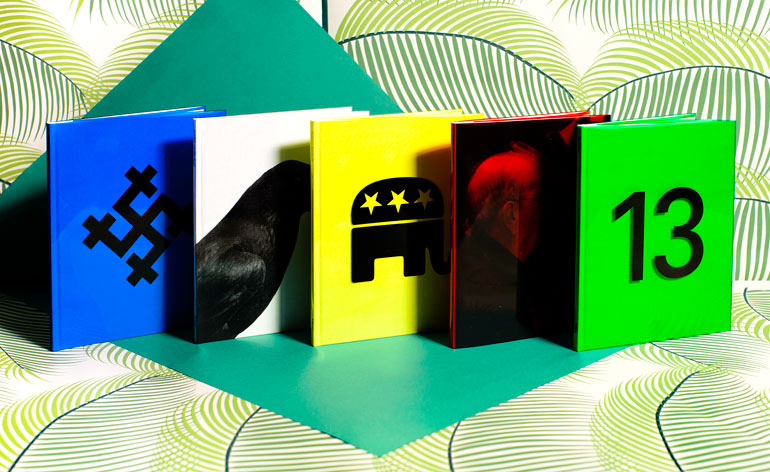
Religious Symbols/London Garden Birds/Political Symbols/Sexual Predators/Numbers
By Jonathan Ellery
The English artist and designer Jonathan Ellery has an innate knack for creating curious and oft-frictional visual relationships – ones that reward the viewer the more they scratch beneath their deceptively simple surfaces. His latest project tackles five themes, ranging from the contentious (the Church’s sexual deviancy, political and religious motifs) to the abstract (numbers one through thirteen get an ominous outing) and the personal (Ellery devotes a section to the Hitchcockian birds that frequent his garden). Presented as a quintet of individual volumes, each encased with bold, screen-printed colour gels, the books are threaded together by a provocative narrative. The publication will be officially launched at the New York Art Book Fair in September.
Published by Browns Editions, £100 (boxed and signed edition of 150)
Writer: Jessica Klingelfuss
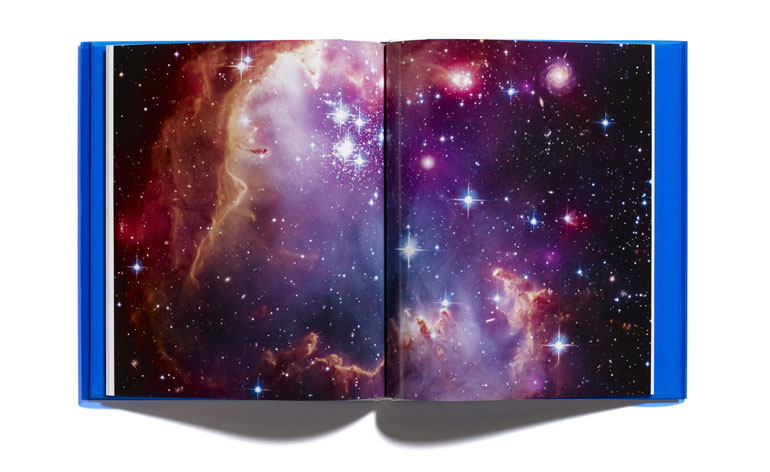
A spread from Religious Symbols

A spread from London Garden Birds
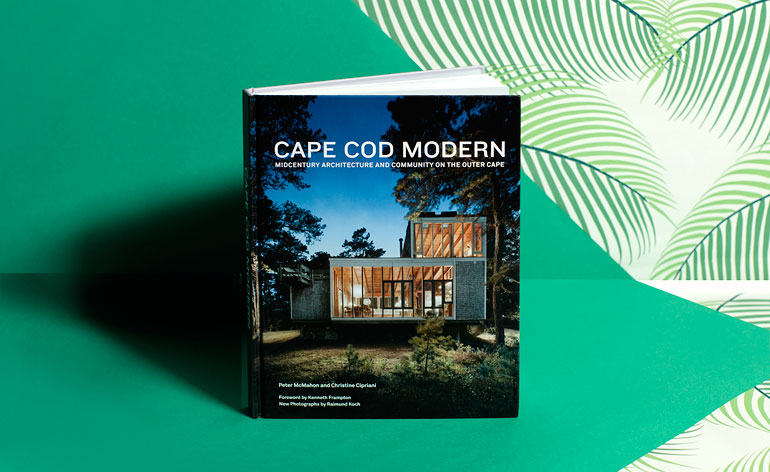
Cape Cod Modern: Midcentury Architecture and Community on the Outer Cape
By Peter McMahon and Christine Cipriani
A perfectly considered piece of architectural publishing, Cape Cod Modern tells the story of when Modernism met the rugged American East Coast. Dotted along the shores of the Outer Cape are a remarkable number of vacation houses and glorified beach huts, all designed with exquisite attention to detail by some of the biggest names in twentieth century architecture, including Marcel Breuer, Walter Gropius and Serge Chermayeff, as well as countless local stars. The houses they built - photographed beautifully by Raimund Koch - are shown here alongside a history of the community that grew up around them, bolstered by the proximity to the key intellectual centres of post-war American life.
Published by Metropolis Books, $45
Writer: Jonathan Bell

From the book: Hatch House, Cape Cod, by Jack Hall, 1962. This house is situated on a gentle slope overlooking Cape Cod Bay
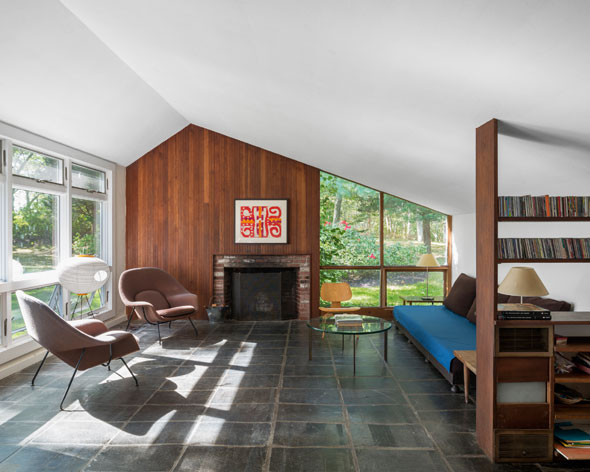
Built in the 1930s, Hayden Walling's own home combines traditional Cape Cod features with more contemporary interiors
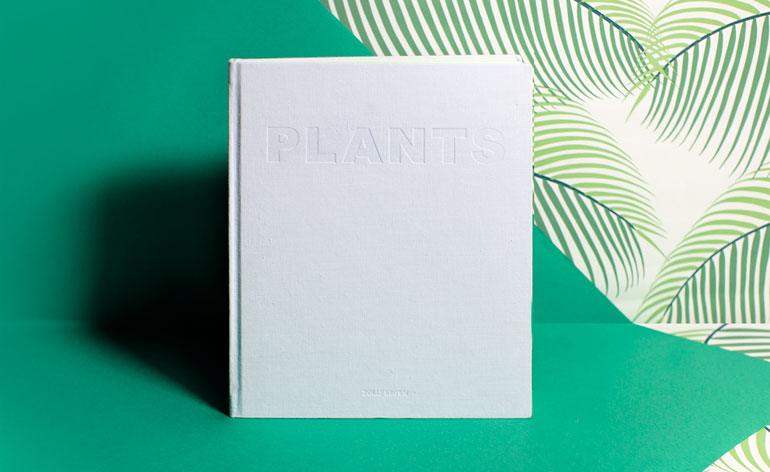
Plants
By Polly Brown
London-based photographer Polly Brown admits that she has 'hidden in lifts, skulked around carpeted corners and, on more than one occasion, outrun security guards' while shooting her rather peculiar pot plants series in the offices of iconic companies around the world. From the tangled pots of orchids at Burberry and Vogue to the cheerful Gerberas at i-D and poinsettia at Dr Martens, Brown's subjects range from the overgrown and ostentatious to the humorously humble. Now compiled in a monograph called 'Plants', and published by Pau Wau Publications, Brown's stark flash photography provides a behind-the-scenes glimpse at office life as well as an indirect commentary on brand identity.
Published by Pau Wau Publications, $45
Writer: Ali Morris
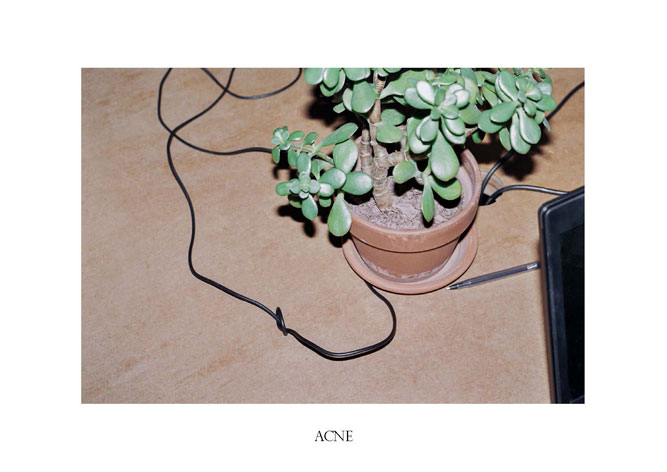
From the book: photographer Polly Brown ventures inside the headquarters of renowned brands, lensing their office plants and offering commentary on brand identities. Swedish fashion label Acne is represented by a small potted succulent
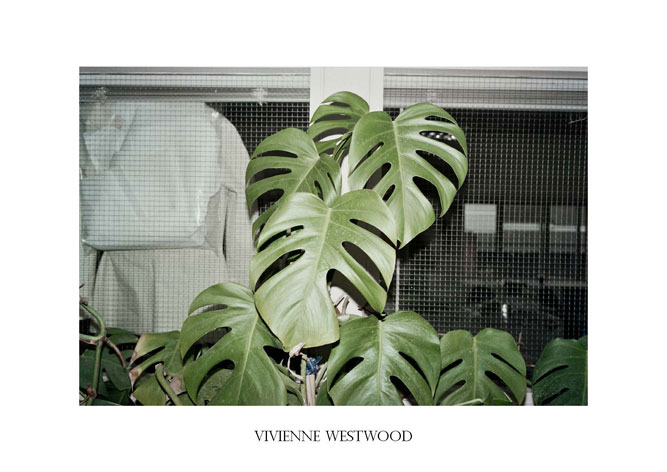
Vivienne Westwood's large splayed palm
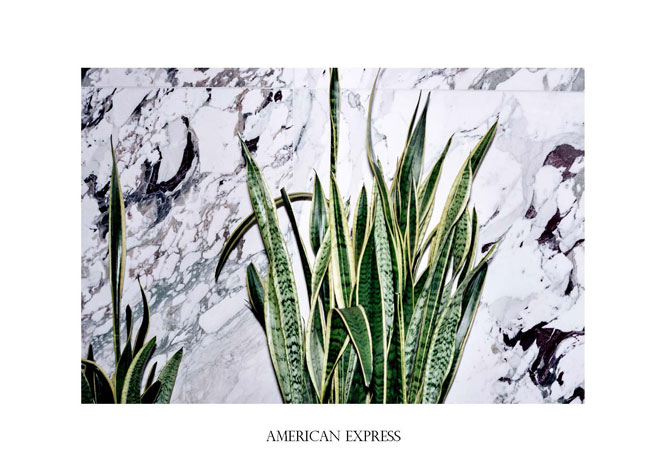
Saint George's sword at American Express
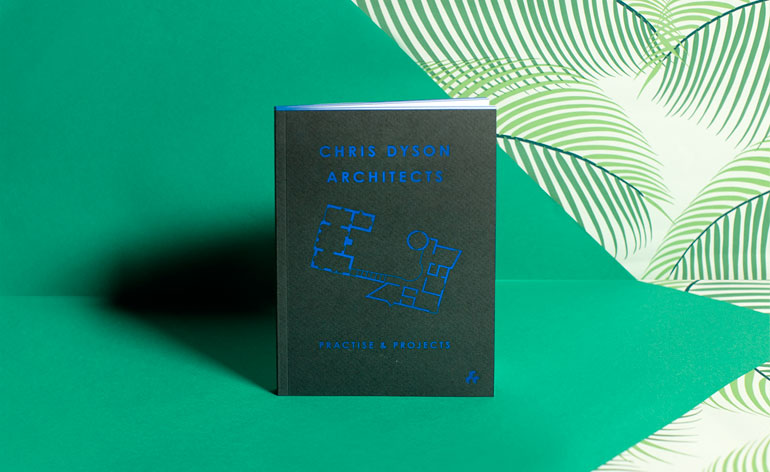
Chris Dyson Architects: Practise & Projects
By Robert Maxwell and James Pallister
This modest volume contains the life's work of a modestly brilliant architect. Chris Dyson and his studio set up shop in London's Spitalfields in the early 1990s, at a time when the historic London district was still the neglected haunt of artists, writers and bohemians. Gentrification was barely understood and much of the masterful Georgian architecture had only survived wholesale redevelopment by the slimmest of margins. Dyson eventually carved a name for himself as someone who could restore, update and enhance the area's rich heritage, bringing his calm modern aesthetic into the densely crammed streets and backyards. Along the way his work has won admiration (and commissions) from the likes of Mona Hatoum and Oliver Chanarin and this book includes his studio's many schemes as well as musings on the life and history of East London.
Published by Artifice Books, £24.95
Writer: Jonathan Bell
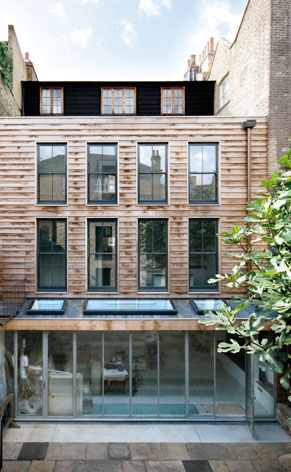
From the book: a modern extension added to the rear of a house built in 1720.
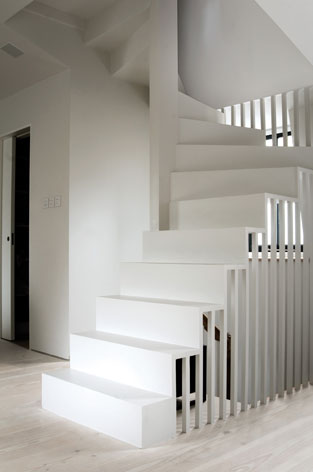
A photograph of a staircase leading to a roof terrace in a family home.
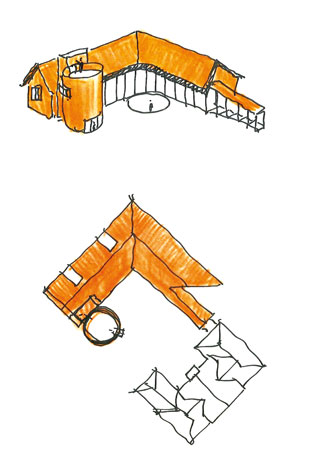
Concept sketches of a project involving the restoration of a gasworks.
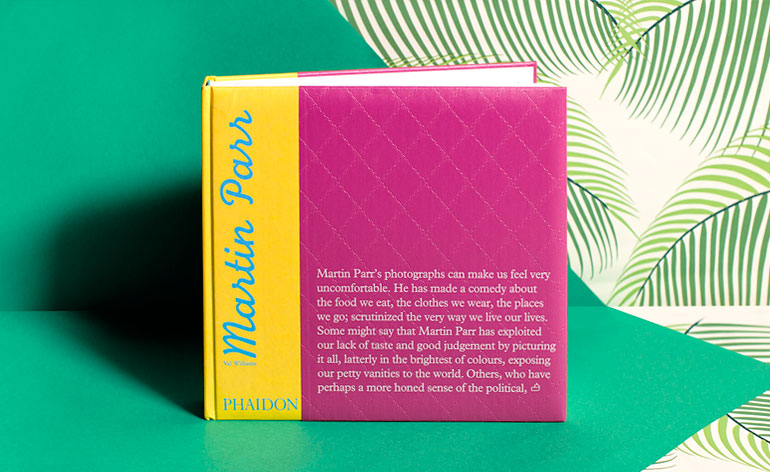
Martin Parr
By Val Willams
Martin Parr's photography has emerged as one of the most vital visual chroniclers of what it is to be British in the late twentieth century and beyond. Since the early 1980s, the Magnum photographer's task has been to get up close to popular culture, laying bare our obsessions with class, status, consumerism, travel and self-image. Phaidon first published a comprehensive Parr monograph in 2002, and this revised and updated second edition includes new projects and photographs as well as a renewed focus on the photographer's own collections and curations.
Published by Phaidon, £59.95
Writer: Jonanthan Bell
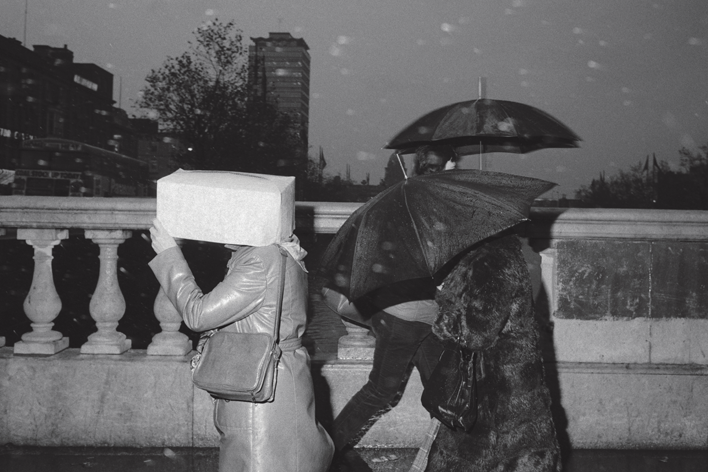
From the book: Dublin, 1981, from 'Bad Weather'.
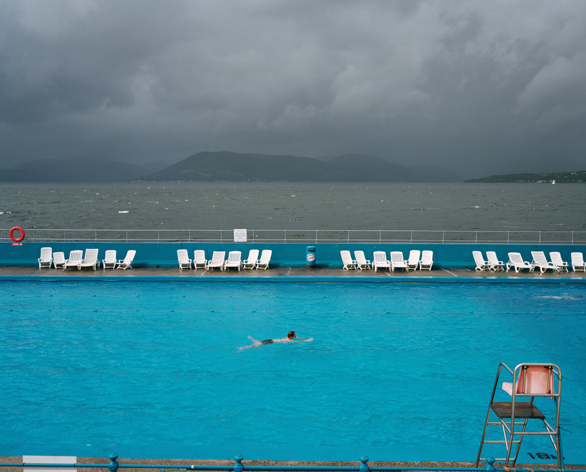
Gourock Lido, Scotland, 2004, from 'AB'.
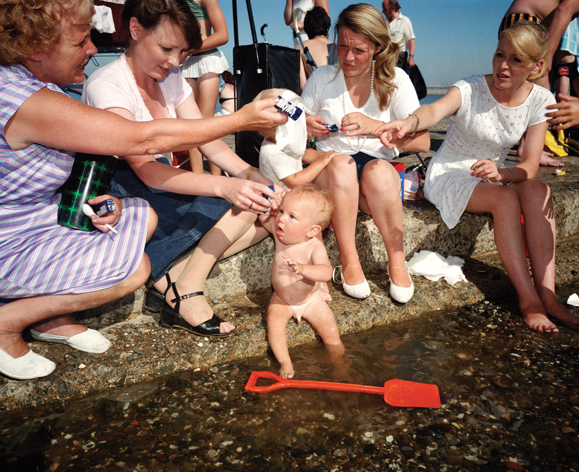
New Brighton, Merseyside, 1983-6, from 'The Last Resort'.
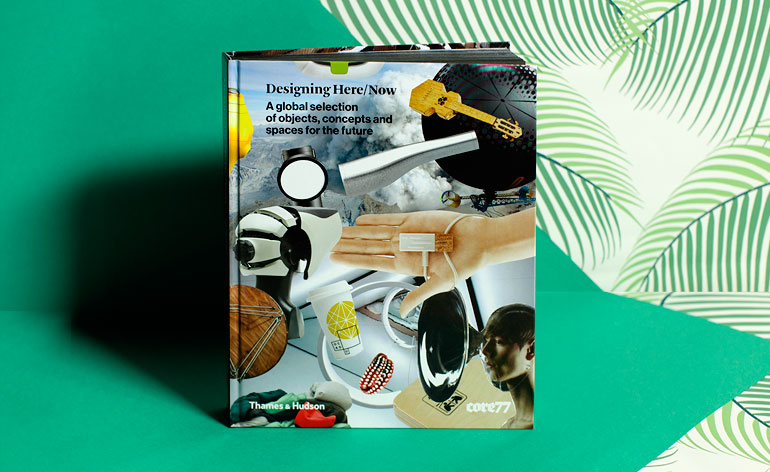
Designing Here/Now: A global selection of objects, concepts and spaces for the future
Edited by Allan Chochinov and Eric Ludlum
Another book born of a website, this time the eye-candy driven design fest that is Core77.com. Assembled by the site's founders, Designing Here/Now snatches the fleeting glimpses of the future from the transient online realm and places them firmly and permanently within hard covers. In the process, what seems improbable and fanciful is given room to breathe, and we're given more time to connect with the ideas and marvel at their creativity. Technology marches on, but sometimes it's good to give ideas more space to help them make the leap from virtual to physical.
Published by Thames & Hudson, £29.95
Writer: Jonathan Bell
Wallpaper* Newsletter
Receive our daily digest of inspiration, escapism and design stories from around the world direct to your inbox.
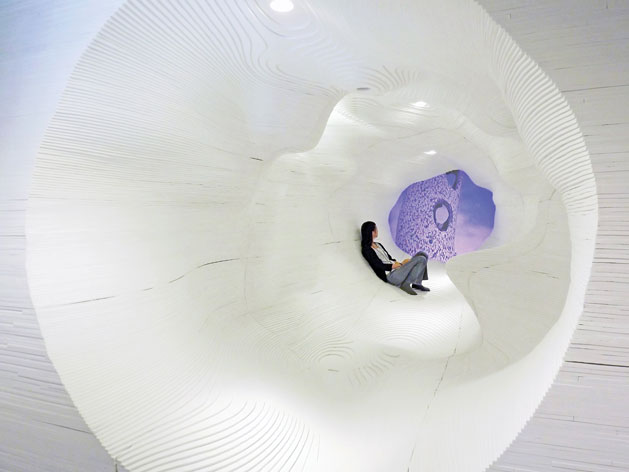
rom the book: 'Artificial Topography', by Ryumei Fujiki. Functioning as both art and furniture this cavity has been designed to give people the freedom to sit where best fit their bodies.
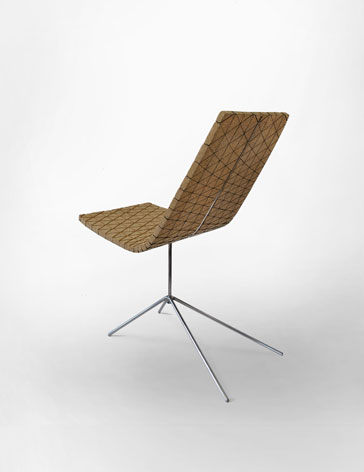
'Vertebral Chair', by Erika Cross, a tessellated eco-friendly cork chair that weighs less than five pounds.

'Lapka Personal Environment Monitor', by Lapka Design Team, a personal environment monitor that links to your phone and analyses your environment.
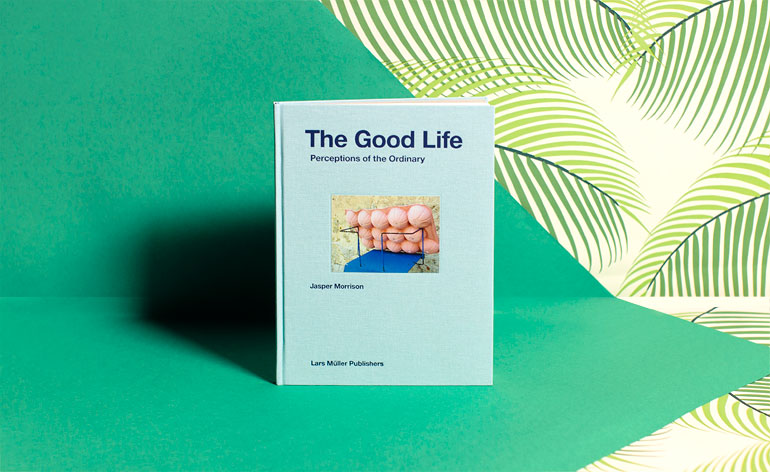
The Good Life: Perceptions of the Ordinary
By Jasper Morrison
Designer Jasper Morrison displays his keen eye for the unusual and everyday in this short visual essay. All product designers value the pragmatic aspects of problem solving, and Morrison is no exception, camera always at hand. The Good Life gathers together a series of images gathered on Morrison's travels, each of which tells a story about the arrangement of objects or the telling of stories, far from professional eyes, but with a logic, clarity and beauty that can't be taught.
Published by Lars Müller Publishers, £18
Writer: Jonathan Bell
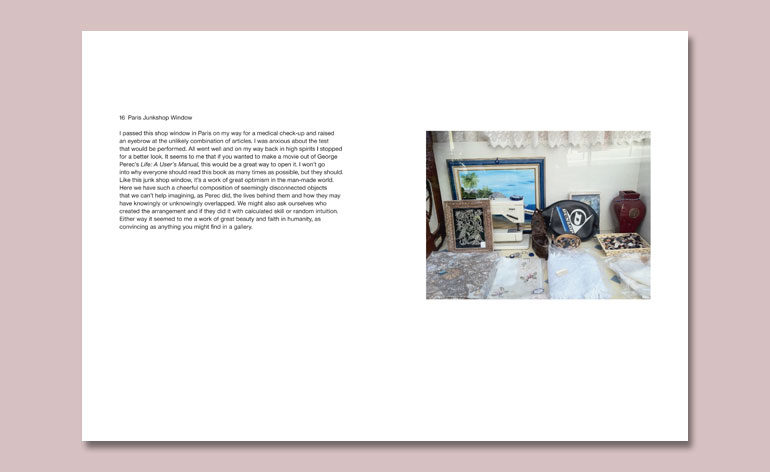
A spread from the book shows the window display of a Parisian junkshop, where Morrison finds an agreeable composition amongst random objects.

photograph of a sign encountered on Hackney Road, made by an agitated shop owner who was often asked if he sold hardboard.
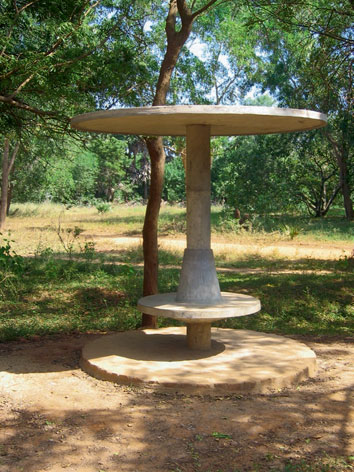
In Auroville, India, the designer comes across an unconventional bus stop.
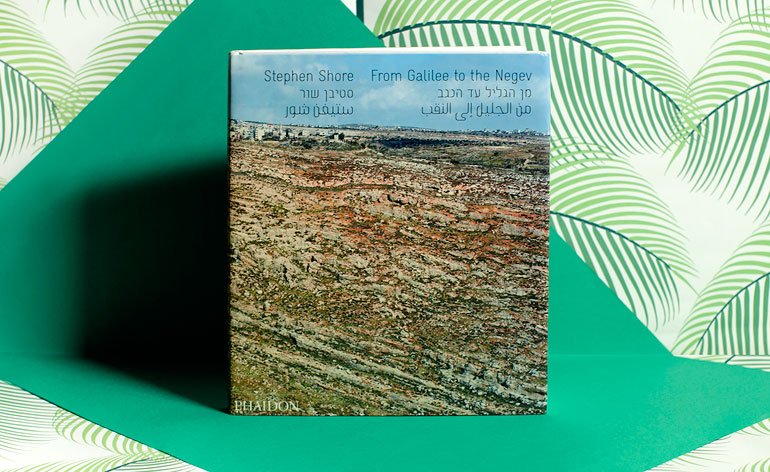
Stephen Shore: From Galilee to the Negev
By Stephen Shore
We're more used to seeing Stephen Shore's travelogues through dusty Americana, his pioneering aesthetic cementing the idea of 'no place' photography and finding a quiet beauty in the banal and overlooked. Over the past two decades Shore has made several trips to Israel and the West Bank, turning his camera on the people, the places, the landscape and the prosaic moments, finding the contradictions between complexity and normality that continue to define the region. His images showcase a fragmented landscape, scarred by division, scattered with deeply layered history and of course riven with a seemingly intractable conflict that is never far from the surface.
Published by Phaidon, £75
Writer: Jonathan Bell
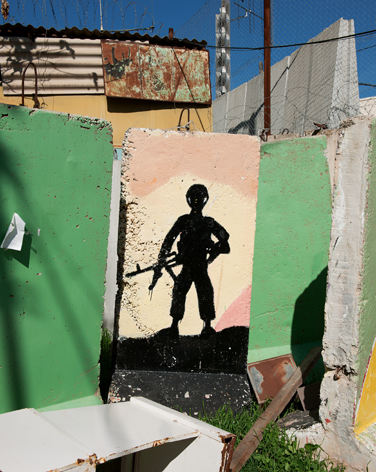
Hebron, January 11, 2010
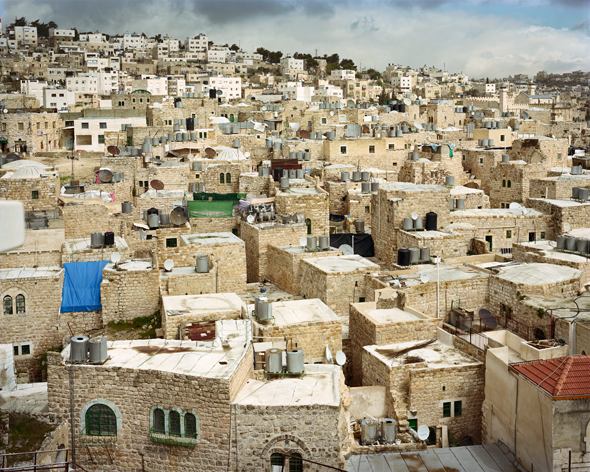
Hebron March 25, 2011
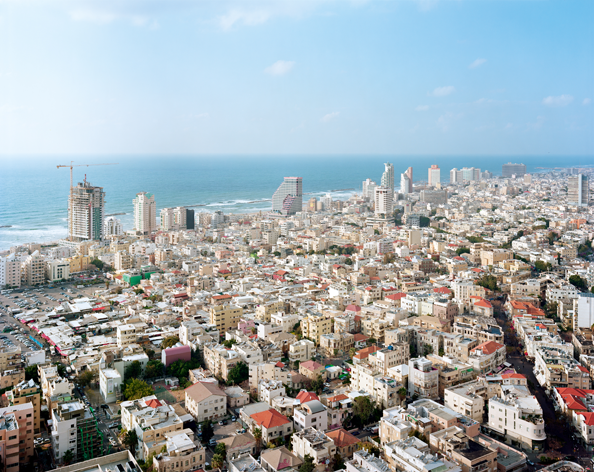
From the book: Tel Aviv, March 23, 2011
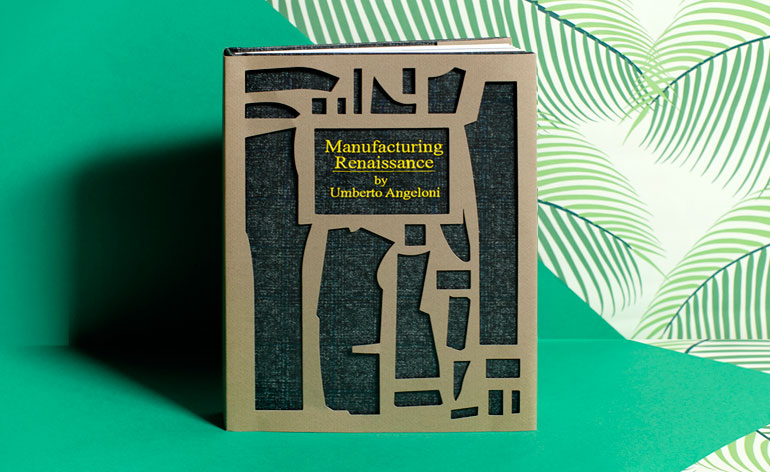
Manufacturing Renaissance
By Umberto Angeloni
Umberto Angeloni, president and CEO of flourishing Italian menswear brand Caruso, boldly proposes that Italian manufacturing has moved into a renaissance of its own. And rightly so – today, the ‘Made in Italy’ tag carries with it a sense of quality and luxury matched by few. Turning the notion of a traditional corporate book on its head, Angeloni shows his brand in particular has lots to celebrate. The book, produced by a local artist in Soragna (where the company was founded by Raffaele Caruso in 1958) and illustrated by lively pop-ups, tells the story of the brand from its humble but ambitious beginnings in bespoke tailoring through to the label as it exists today.
Published by Caruso
Writer: Jessica Klingelfuss
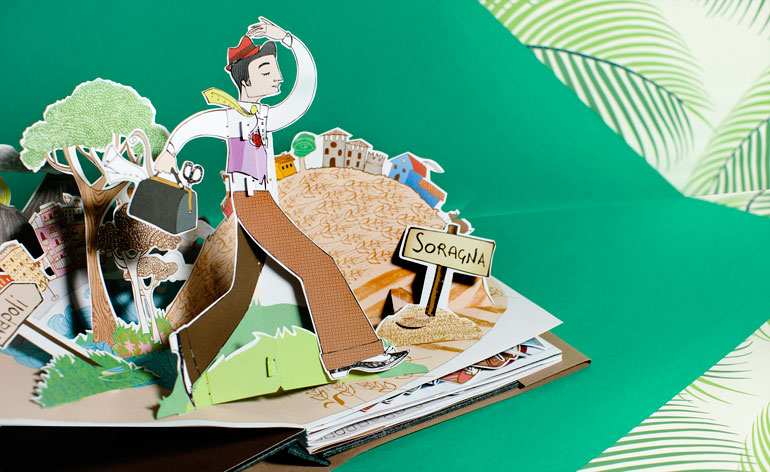
The popup book traces the history of Italian menswear brand Caruso, which was founded in Sarogana in 1958, after Raffaele Caruso moved there from Naples to pursue tailoring
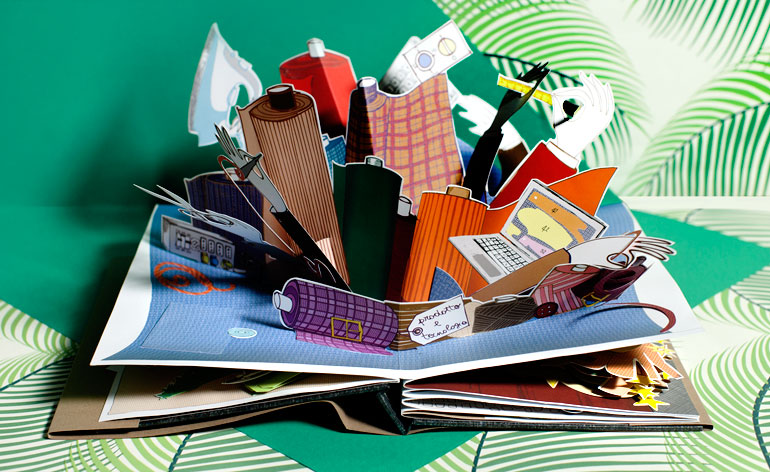
Umberto Angeloni, president and CEO of Caruso, explains, ‘Under the guise of a so-called corporate book, I want to explore just one of these stories of entrepreneurship and excellence: the history and aims of the Fabbrica Sartoriale Italiana’
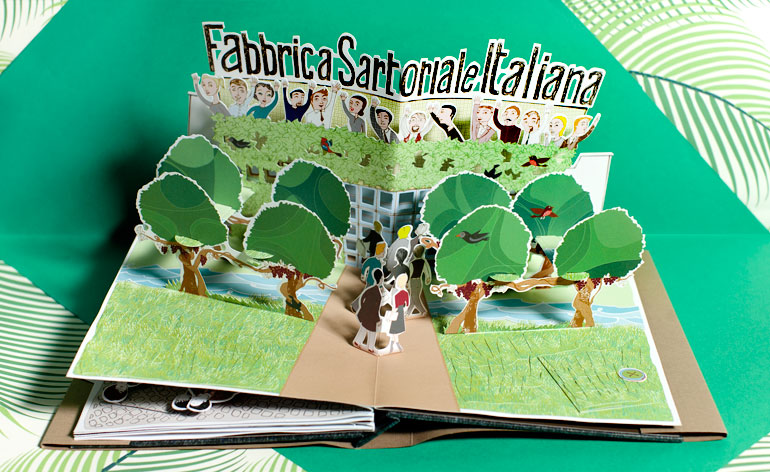
The book was launched to coincide with opening of the brand’s new factory, the Fabbrica Sartoriale Italiana
Melina Keays is the entertaining director of Wallpaper*. She has been part of the brand since the magazine’s launch in 1996, and is responsible for entertaining content across the print and digital platforms, and for Wallpaper’s creative agency Bespoke. A native Londoner, Melina takes inspiration from the whole spectrum of art and design – including film, literature, and fashion. Her work for the brand involves curating content, writing, and creative direction – conceiving luxury interior landscapes with a focus on food, drinks, and entertaining in all its forms
-
 All-In is the Paris-based label making full-force fashion for main character dressing
All-In is the Paris-based label making full-force fashion for main character dressingPart of our monthly Uprising series, Wallpaper* meets Benjamin Barron and Bror August Vestbø of All-In, the LVMH Prize-nominated label which bases its collections on a riotous cast of characters – real and imagined
By Orla Brennan
-
 Maserati joins forces with Giorgetti for a turbo-charged relationship
Maserati joins forces with Giorgetti for a turbo-charged relationshipAnnouncing their marriage during Milan Design Week, the brands unveiled a collection, a car and a long term commitment
By Hugo Macdonald
-
 Through an innovative new training program, Poltrona Frau aims to safeguard Italian craft
Through an innovative new training program, Poltrona Frau aims to safeguard Italian craftThe heritage furniture manufacturer is training a new generation of leather artisans
By Cristina Kiran Piotti
-
 How to be a crisp sommelier: Neil Ridley on ‘bringing fun back into food and drink’
How to be a crisp sommelier: Neil Ridley on ‘bringing fun back into food and drink’The humble crisp is an easy crowd-pleaser for laidback hosts. Drinks expert Neil Ridley shares his tips for creating the perfect crisp-and-drink pairings, whatever the occasion
By Tianna Williams
-
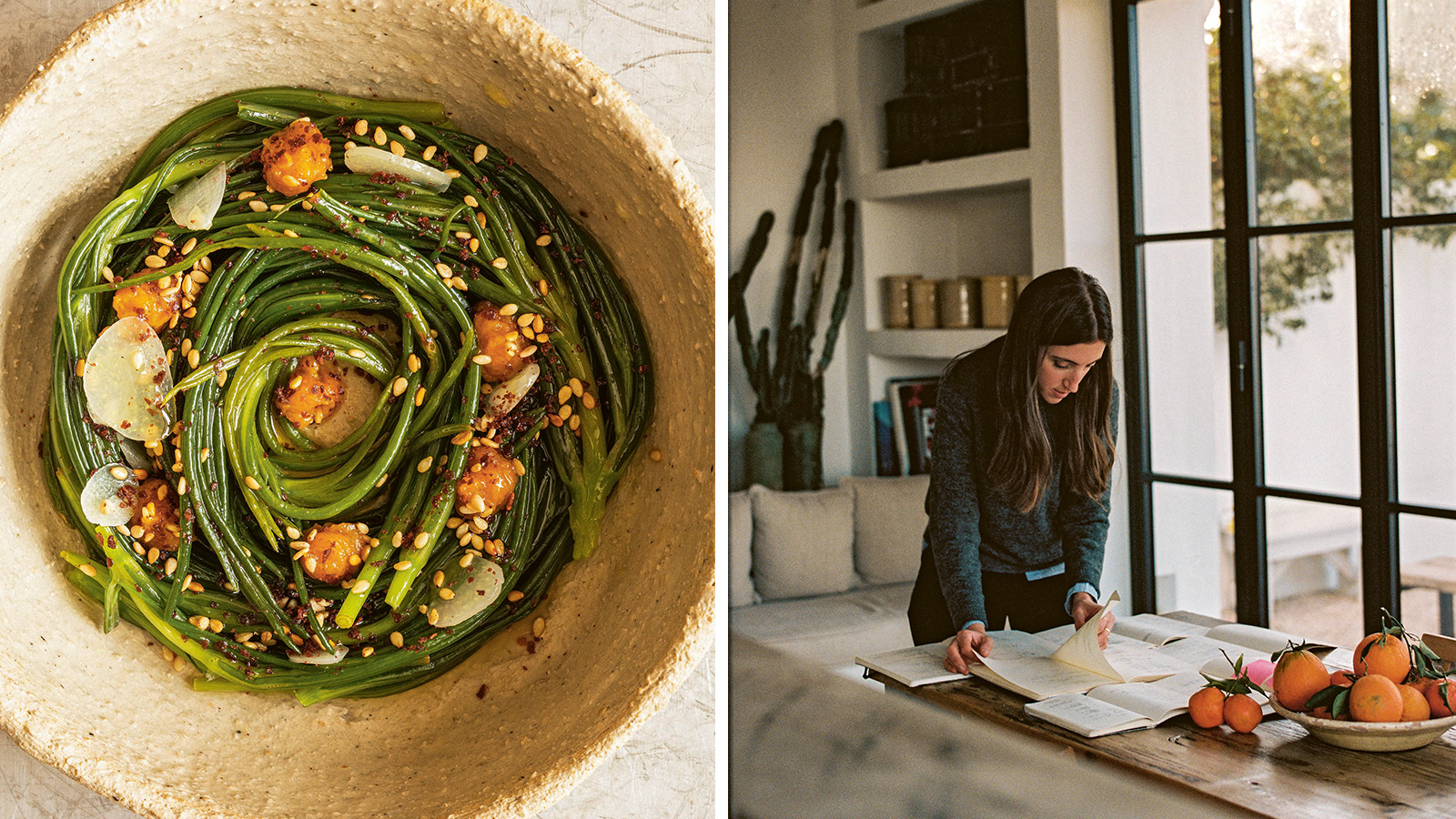 'Moroseta Kitchen' is a new recipe book offering a glimpse into the Puglian countryside
'Moroseta Kitchen' is a new recipe book offering a glimpse into the Puglian countryside'Moroseta Kitchen - A Window Into The Puglian Countryside' by Giorgia Eugenia Goggi is based on the essence of eating in Italy, rooted in farm to table seasonal recipes
By Tianna Williams
-
 ‘Bethlehem’ is a new recipe book celebrating Palestinian food
‘Bethlehem’ is a new recipe book celebrating Palestinian food‘Bethlehem: A Celebration of Palestinian Food’ is a recipe book by Fadi Kattan that celebrates culinary tradition and explores untold stories
By Tianna Williams
-
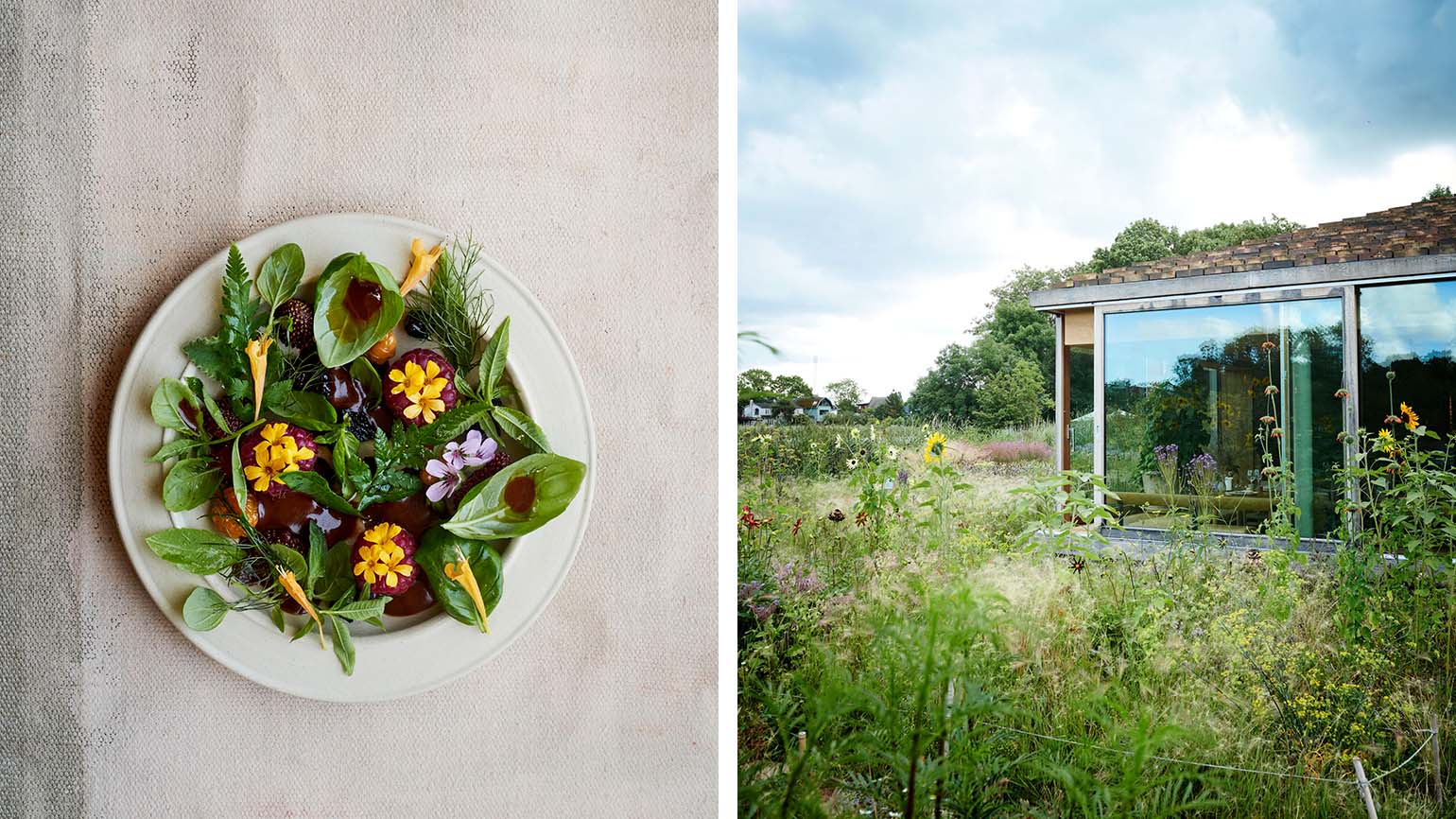 René Redzepi, Mette Søberg and Junichi Takahashi on Noma’s new cookbook
René Redzepi, Mette Søberg and Junichi Takahashi on Noma’s new cookbookLifting the lid on Noma’s secrets, a new cookbook celebrates the pioneering restaurant’s season menus, and offers a deep dive behind the scenes
By Jeni Porter
-
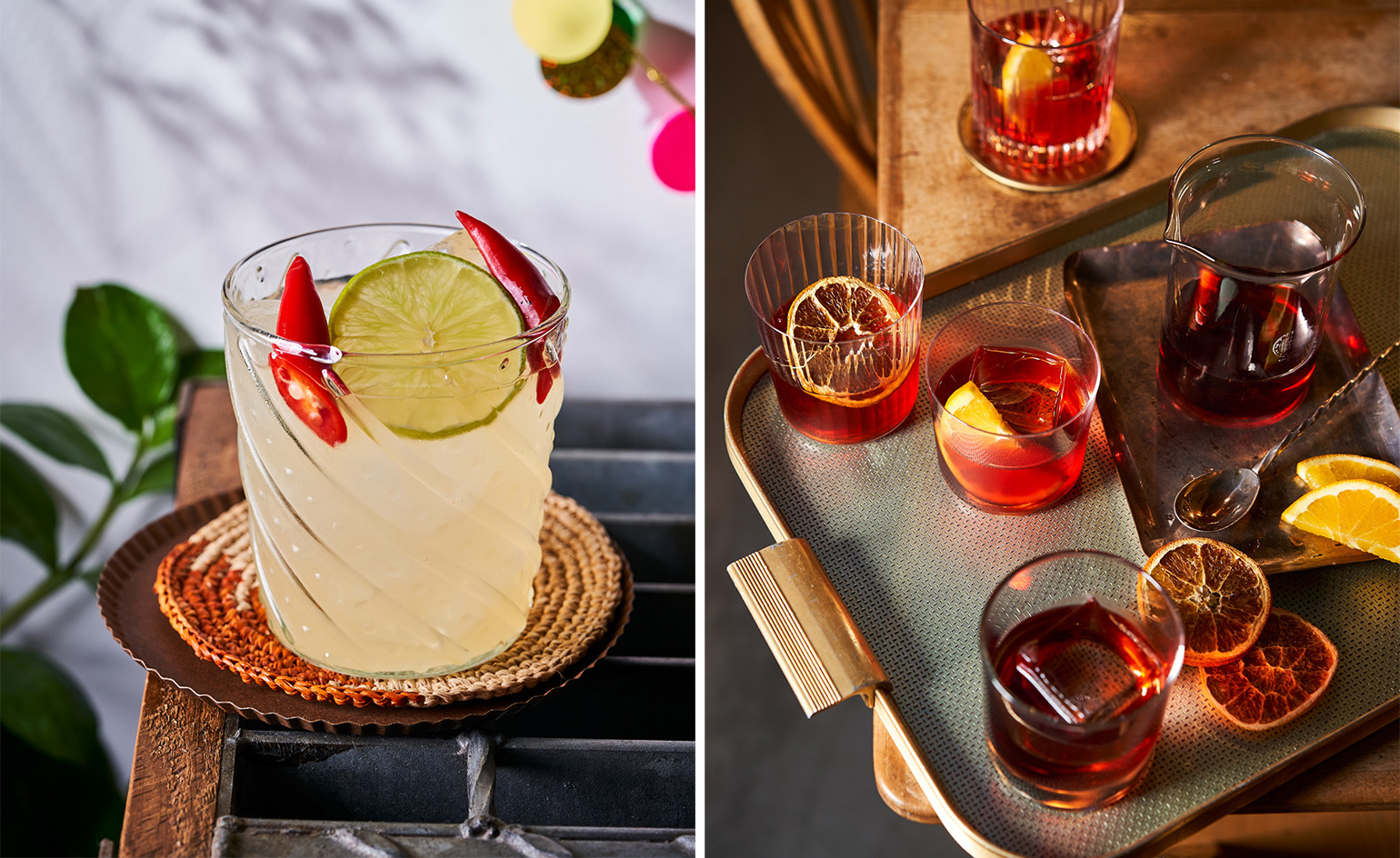 60-Second Cocktails book shakes up summer happy hour at home
60-Second Cocktails book shakes up summer happy hour at homeThis 60-Second Cocktails book brings summer happy hour into your home with easy but sophisticated cocktail recipes and tips to guide even novice shakers
By Martha Elliott
-
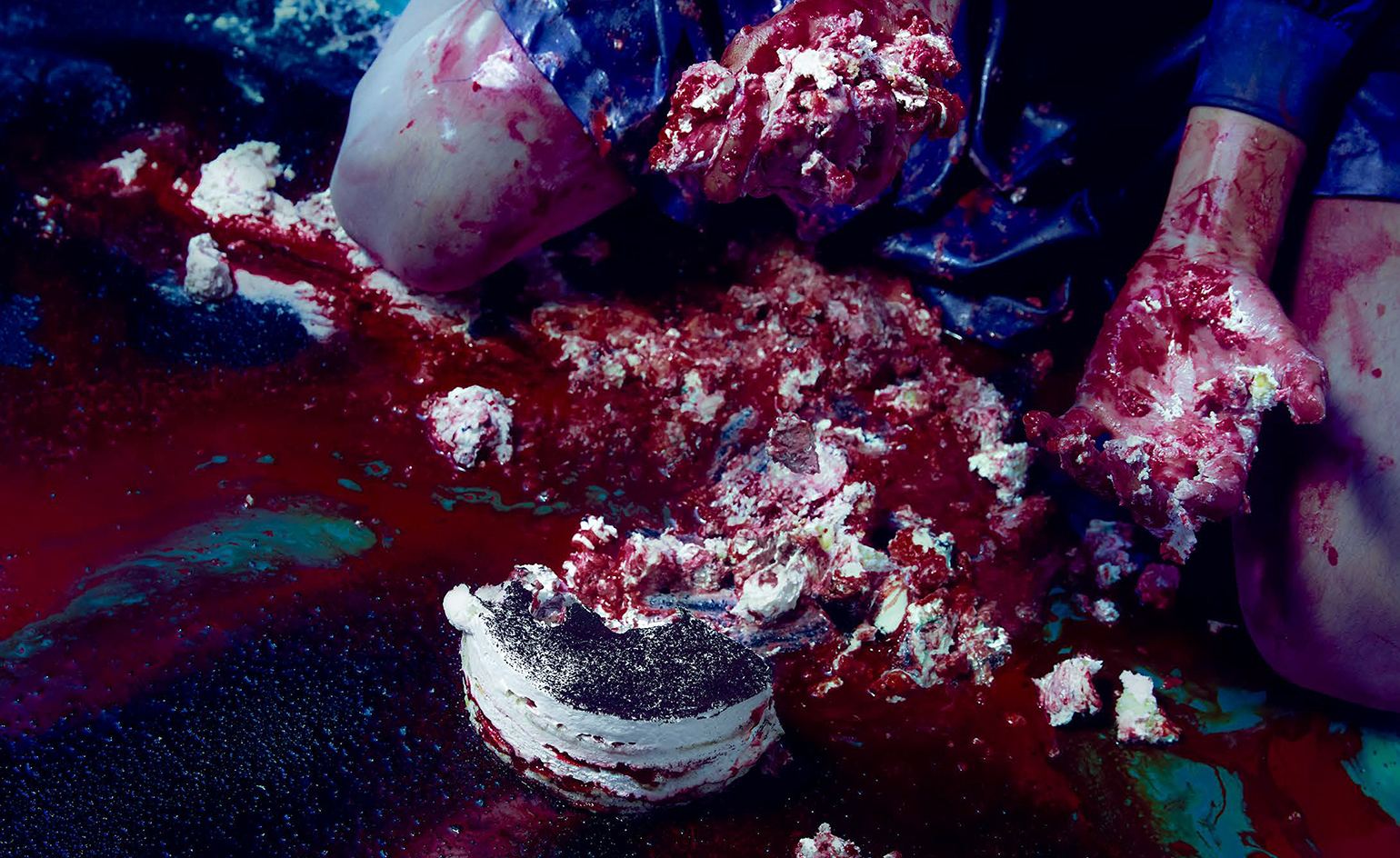 New cookbook transforms horror movies into terrifying food art
New cookbook transforms horror movies into terrifying food artHorror Caviar, the first cookbook from A24, features recipes inspired by horror movies, from creatives including Laila Gohar and Chloe Wise, alongside essays by Carmen Maria Machado, Stephanie LaCava, and more
By Mary Cleary
-
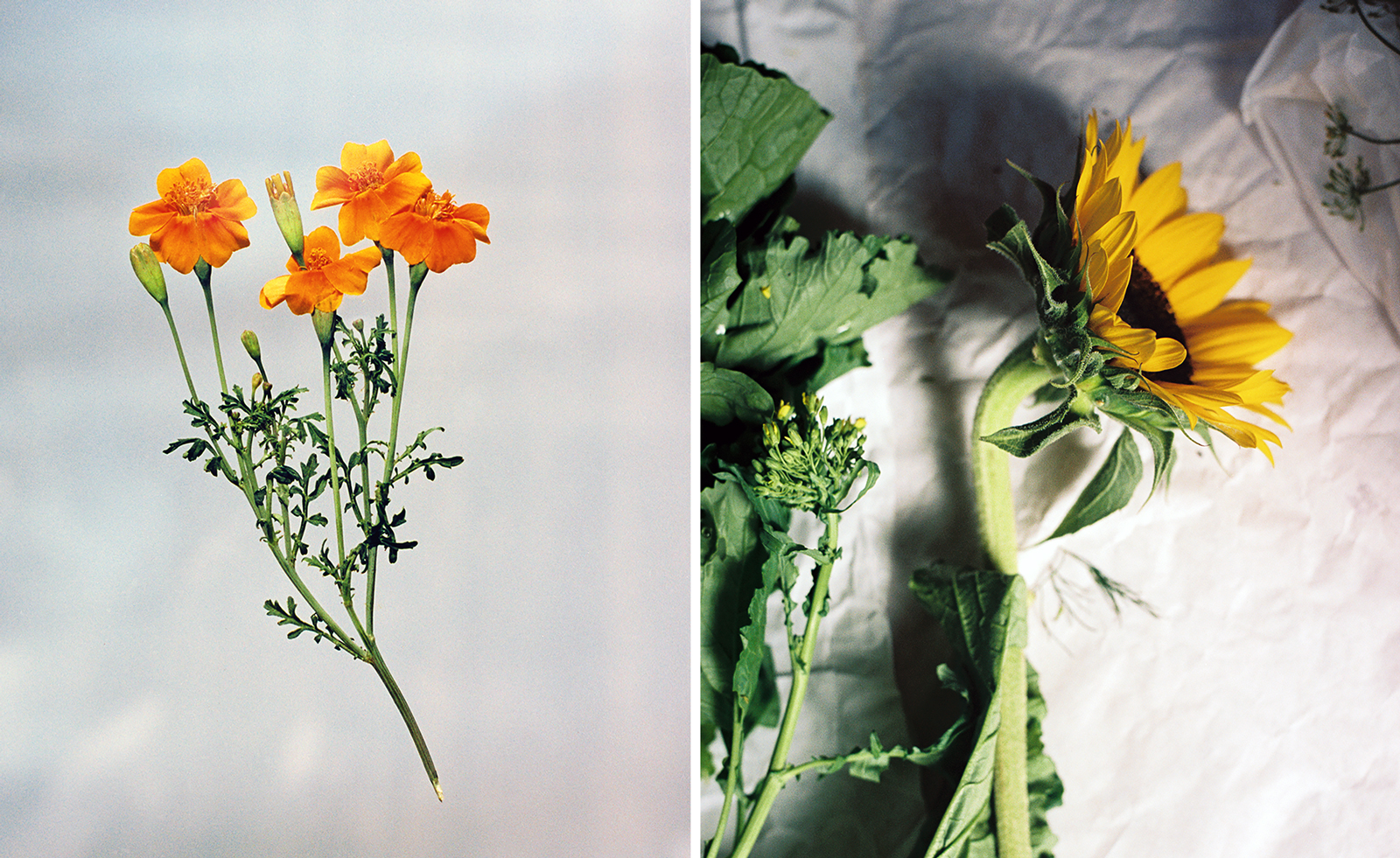 Edible flowers: the how, the what and the why
Edible flowers: the how, the what and the whyA new book from Monacelli, Edible Flowers: How, Why, and When We Eat Flowers, uncovers a fascinating history
By Hannah Silver
-
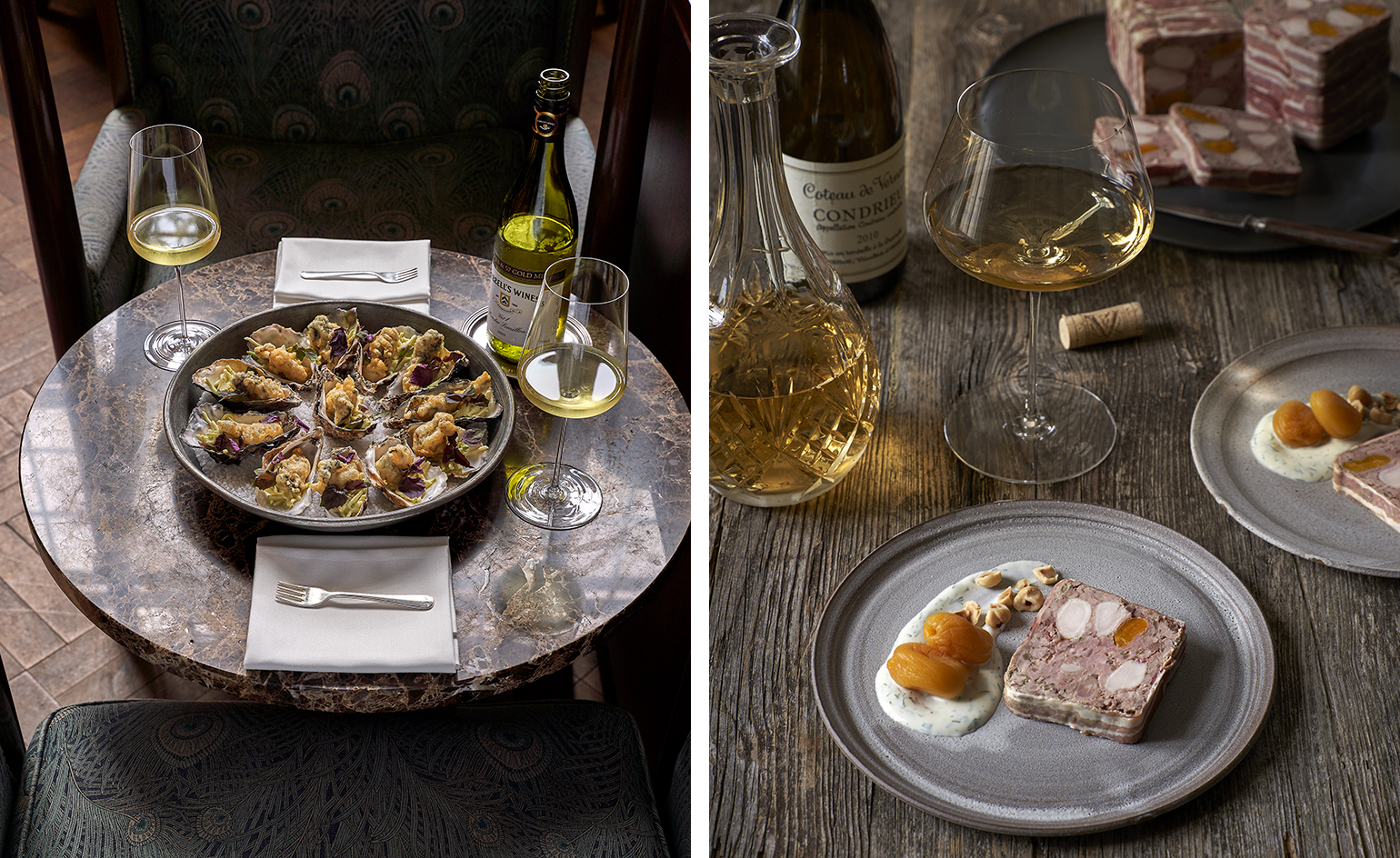 Match point: learn how to properly pair food and wine
Match point: learn how to properly pair food and wineLearn a thing or two about fine cooking and wine selection with this new book from the London Club
By Melina Keays